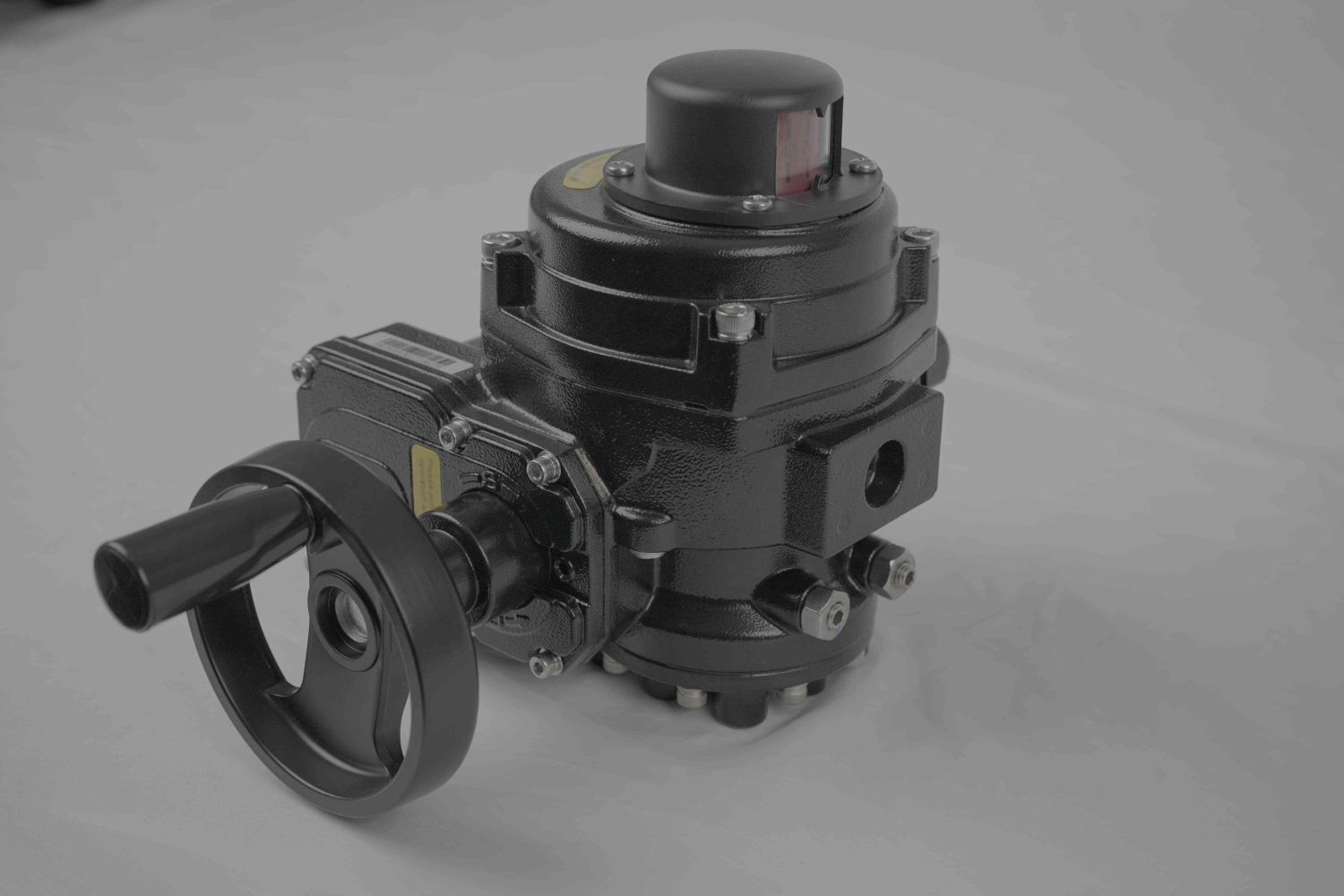understanding the importance of lithium battery valve in modern energy storage systems
Release time:2025-04-13 12:50:53
Lithium batteries have emerged as a game-changer in the energy storage and electric vehicle sectors, providing high energy density, lightweight design, and long-lasting performance. As the demand for these batteries increases, so does the need to ensure their safety and functionality. One critical component that plays a crucial role in the safety and efficiency of lithium batteries is the lithium battery valve. This small yet essential part is responsible for managing internal pressure, ensuring the battery operates within safe parameters, and preventing catastrophic failures.

What is a Lithium Battery Valve?

A lithium battery valve is a safety mechanism integrated into the design of many lithium-ion and lithium-polymer batteries. It is primarily used to regulate the internal pressure of the battery cells. During the normal operation of a lithium battery, internal gases can build up due to various reasons, such as chemical reactions, temperature changes, or battery degradation. The valve acts as a pressure relief system to release these gases when the pressure exceeds a predetermined threshold, thus preventing the battery from bursting, leaking, or catching fire.




